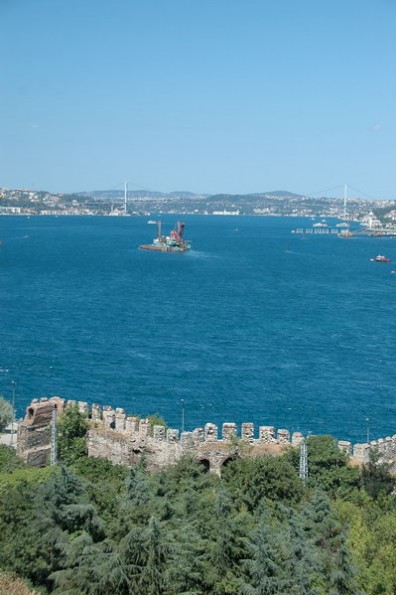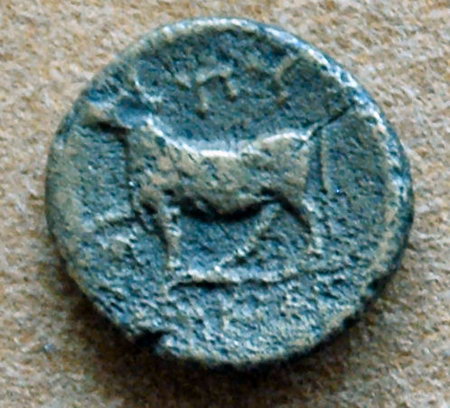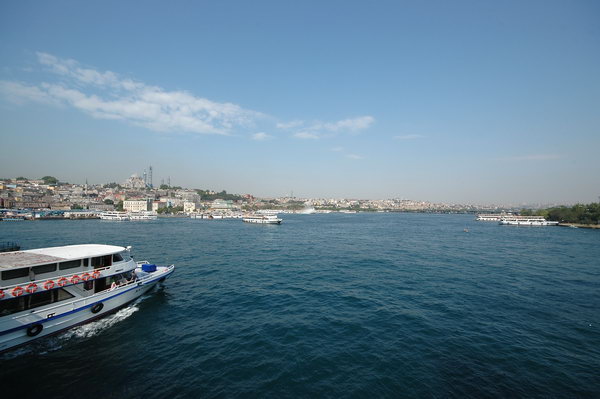Bosphorus
Q35958Bosphorus or Bosporus (Βόσπορος) is the narrow strait between the Black Sea and the Sea of Marmara.

The Bosphorus is 32 kilometers long and, at its narrowest point, 550 meters wide. Together with the Hellespont, which connects the Sea of Marmara with the Aegean Sea, the Bosphorus is often called "The Straits". Ancient writers sometimes also refer to it as the Thracian Bosporus to distinguish it from the Cimmerian Bosporus, the strait of Kerch. From a geological point of view, the zone is notoriously active. Because rivers and rainfall continue to feed the Black Sea, the surface water of the Bosphorus is not very salty, and the surface current is north-south.
The current is extremely fast (2 m/s), making it impossible to swim upstream. It was a brilliant feat of engineering that the Greek engineer Mandrocles of Samos, working for the Persian king Darius I the Great, managed to build a bridge across the Bosphorus.note

Because the winds are predominantly from the north, it is very difficult to move from the south to the north, which explains why Byzantium, situated on the southern entrance, became an important town: sailors had to go ashore and rest before they could start rowing to the Black Sea. Once they were working their way upstream, the sailors would at least find navigation easy, because there were many sanctuaries along the shores.

Byzantium is also the place where the Bosphorus empties itself in the Sea of Marmora, and the speed of the current suddenly diminishes. As a result, the sweet surface waters and the waters of the salty understream start to mingle - sweet here, salty there. Many kinds of fish can live there next to each other, so that this part of the Bosphorus is proverbially rich in fish.

The Greeks believed that the name Bosphorus meant "passage of the cow", and believed that this animal was in fact Io, the Greek girl who was the lover of Zeus and had been changed into a cow because the god wanted to hide his infidelity from his wife Hera. Io had wandered all over the world and had crossed from Europe to Asia at the Bosphorus. It is possible that "the cow" was originally the name of a hilly part of the east bank, just north of Byzantium.note However this may be, the Byzantines were to strike coins showing a cow, often shown while crossing the straits, which were represented as a dolphin.

The most important city in this area was, as we already noted, Byzantium - later called Constantinople. It was situated on a promontory between the Sea of Marmora (in the south), the Bosphorus (in the east), and the Golden Horn (in the north). The last-mentioned tract of water is essentially the estuary of two rivers, but is so wide that sea ships can easily enter it. As a consequence, Byzantium had two harbors on its northern shore.